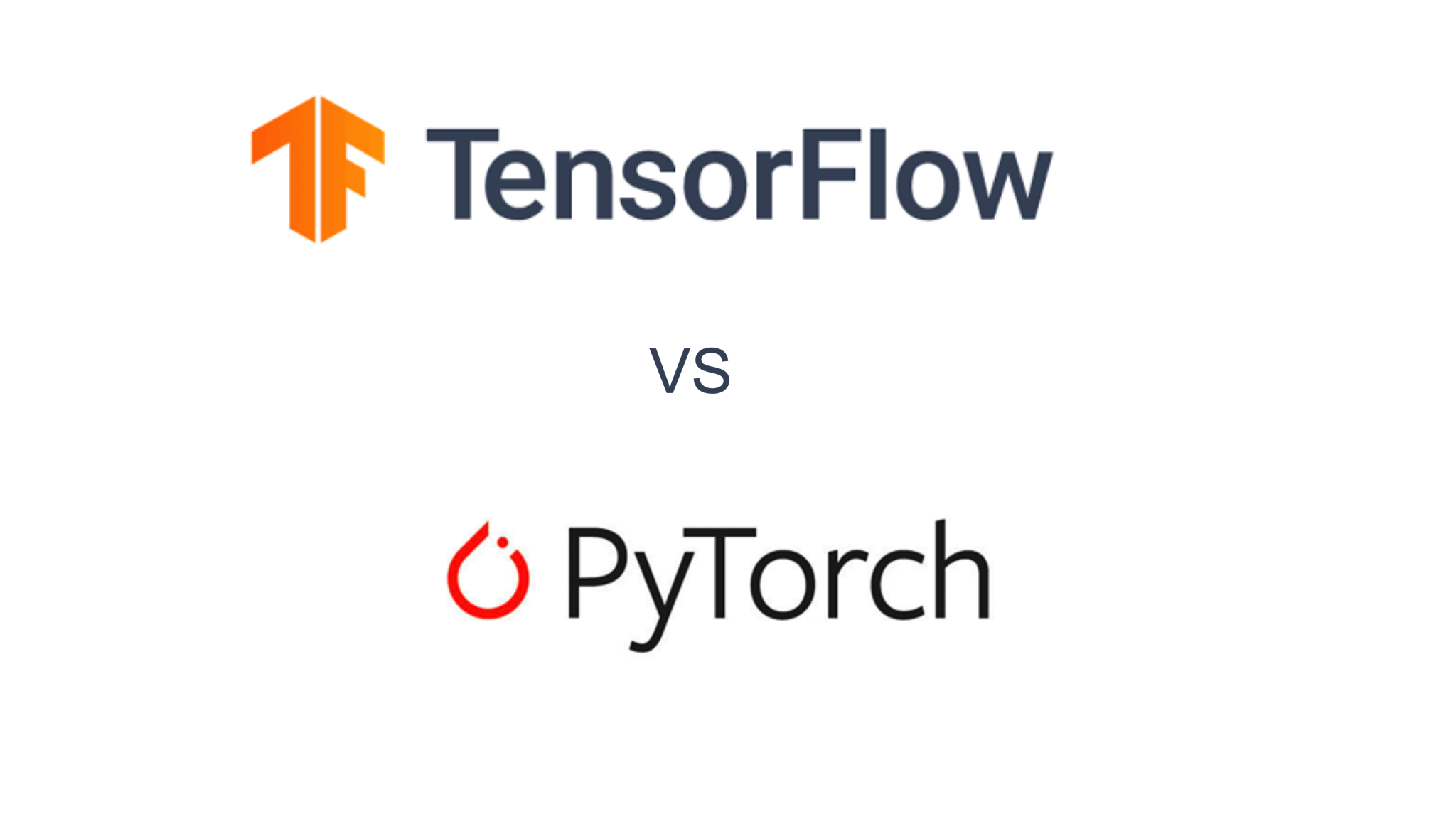By ATS Staff - June 2nd, 2025
Artificial Intelligence Machine Learning Python Programming Software Development
Introduction
Deep learning frameworks have revolutionized the field of artificial intelligence by providing powerful tools for building and training neural networks. Among the most popular frameworks are TensorFlow (developed by Google) and PyTorch (developed by Meta). Both are widely used in academia and industry, but they have distinct differences in design, usability, and performance.
This article compares TensorFlow and PyTorch across various aspects, including ease of use, performance, deployment, and community support, to help you decide which framework best suits your needs.
1. Overview of TensorFlow and PyTorch
TensorFlow
- Developed by Google Brain and released in 2015.
- Uses a static computation graph (though eager execution is now available).
- Strong support for production deployment (TensorFlow Lite, TensorFlow Serving).
- Extensive ecosystem with TensorFlow Extended (TFX), TensorFlow.js, and TensorFlow Hub.
PyTorch
- Developed by Meta (Facebook) and released in 2016.
- Uses a dynamic computation graph (eager execution by default).
- Preferred in research and academia due to its flexibility.
- Strong integration with Python and NumPy, making it intuitive for developers.
2. Key Differences Between TensorFlow and PyTorch
A. Ease of Use & Debugging
- PyTorch is often considered more Pythonic and intuitive due to its dynamic graph (define-by-run approach), making debugging easier.
- TensorFlow initially used static graphs (define-then-run), which made debugging harder, but TensorFlow 2.x introduced eager execution, narrowing the gap.
B. Performance & Speed
- Both frameworks offer GPU acceleration (CUDA support) and are optimized for performance.
- TensorFlow may have an edge in distributed training and large-scale deployments.
- PyTorch is often faster in research prototyping due to its dynamic nature.
C. Deployment & Production
- TensorFlow excels in production environments with tools like:
- TensorFlow Serving (for model deployment)
- TensorFlow Lite (for mobile/embedded devices)
- TensorFlow.js (for browser-based ML)
- PyTorch has improved deployment options with TorchScript and ONNX support, but TensorFlow remains more mature in this area.
D. Community & Ecosystem
- TensorFlow has a larger industry adoption (Google, Uber, Airbnb).
- PyTorch is dominant in academia and research (most AI papers use PyTorch).
- Both have strong communities, but PyTorch's growth in recent years has been significant.
E. Visualization & Monitoring
- TensorFlow provides TensorBoard, a powerful visualization tool.
- PyTorch also supports TensorBoard but has alternatives like Weights & Biases (W&B) and PyTorch Lightning Loggers.
3. When to Use TensorFlow vs PyTorch?
| Use Case | TensorFlow | PyTorch |
|---|---|---|
| Production Deployment | ✅ Best | ⚠️ Good (improving) |
| Research & Prototyping | ⚠️ Good | ✅ Best |
| Mobile/Edge AI | ✅ (TensorFlow Lite) | ⚠️ (TorchMobile) |
| Ease of Debugging | ⚠️ (Better with TF 2.x) | ✅ (Dynamic graphs) |
| Industry Adoption | ✅ High | ⚠️ Growing |
| Academic Research | ⚠️ Common | ✅ Dominant |
4. Conclusion: Which One Should You Choose?
- Choose TensorFlow if:
- You need scalable production deployment (e.g., cloud-based AI services).
- You work with mobile/embedded AI (TensorFlow Lite).
- You prefer a mature ecosystem with extensive tools.
- Choose PyTorch if:
- You are in research or academia and need flexibility.
- You prefer a Pythonic, intuitive framework for rapid prototyping.
- You want better debugging with dynamic graphs.
Final Verdict
- TensorFlow is the go-to for production and industry applications.
- PyTorch is the preferred choice for research and fast experimentation.
Both frameworks continue to evolve, borrowing strengths from each other. The best choice depends on your specific needs—whether it's deployment scalability (TensorFlow) or research flexibility (PyTorch).
Further Reading
- Official TensorFlow Documentation
- Official PyTorch Documentation
- PyTorch vs TensorFlow: A Detailed Comparison (2024)
Would you like a deeper dive into any specific aspect of these frameworks? Let me know in the comments! 🚀
Popular Categories
Agile 2 Android 2 Artificial Intelligence 50 Blockchain 2 Cloud Storage 3 Code Editors 2 Computer Languages 12 Cybersecurity 8 Data Science 15 Database 5 Digital Marketing 3 Ecommerce 3 Email Server 2 Finance 2 Google 6 HTML-CSS 2 Industries 6 Infrastructure 3 iOS 3 Javascript 5 Latest Technologies 42 Linux 5 LLMs 11 Machine Learning 32 Mobile 3 MySQL 2 Operating Systems 3 PHP 2 Project Management 3 Python Programming 26 SEO - AEO 5 Software Development 44 Software Testing 3 Web Server 7 Work Ethics 2